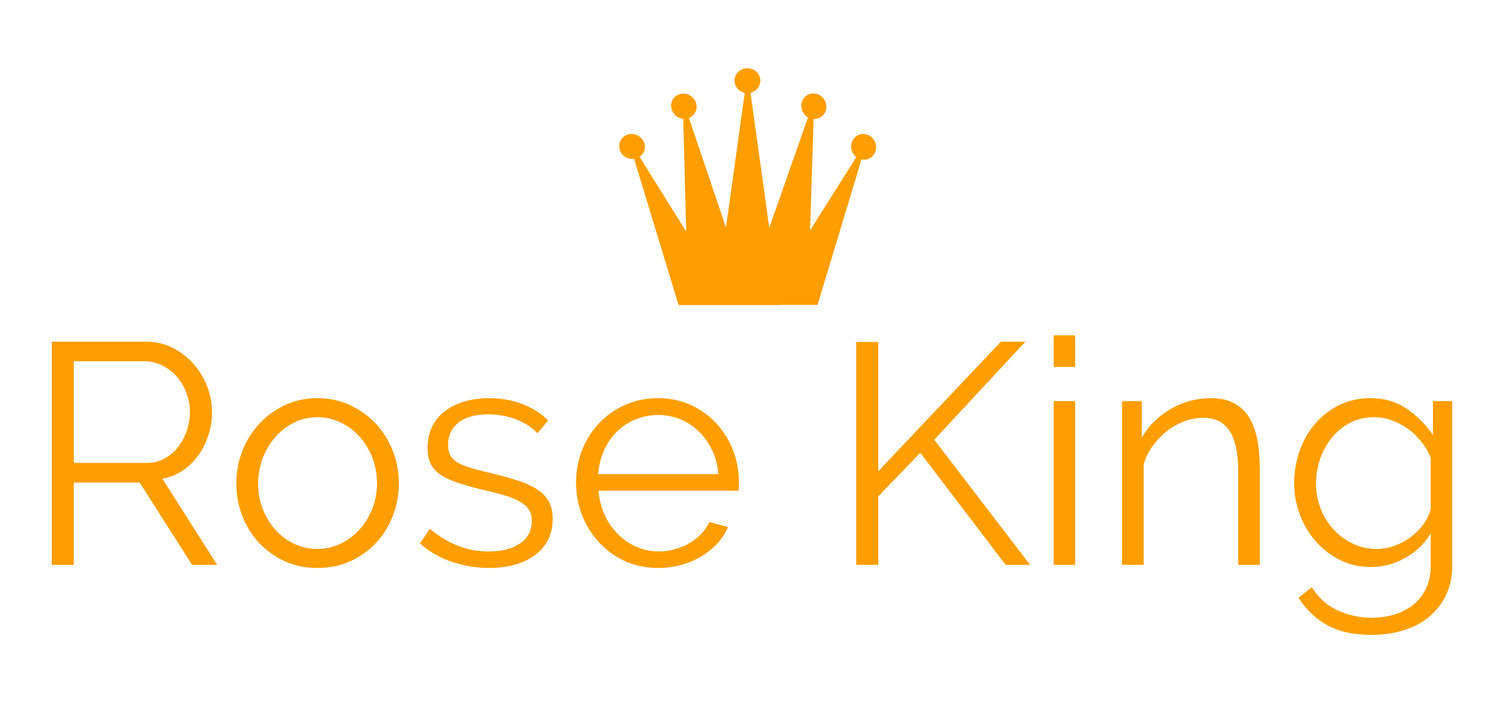When I hear the term ‘working out,’ I’m more apt to think of my New Year’s resolution than public speaking. But there’s an important connection between the two. A light work out before you present will discharge that excess nervous energy that will otherwise destroy excellent remarks.
Last year I was working with an executive in the field of health care. I’ll call him “Ed.” Ed had come to me because, a year earlier, he’d frozen up on stage. He said that suddenly, as he glanced at the audience, a steam roller hit him. He couldn’t breathe. A black circle filled his vision. The room telescoped in on itself, growing darker by the second.
Ever since the panic attack, Ed hadn’t been able to present without taking medication to calm his nerves beforehand. He and I worked together for a few weeks. We tested out various coping mechanisms and he made mild progress … but nothing major. That is, until the topic of running popped up in our conversation.
Ed sat back in his chair, exhaled, and talked at length about running cross country in college. About how much he loved jogging through the woods. About how being an athlete was fundamental to his identity. And about how he’d let the demands of his job – including 40% travel – stop him in his tracks.
[Photo credit: Jenny Hill]
In the end, what helped Ed to not just face the podium, but excel as a speaker was returning to what he loved. He got back to running trails (and back on the treadmill when traveling). The result? Ed said goodbye to his anti-anxiety meds for good.
Now, to be clear: working out is, by no means, a cure all for glossophobia, the fear of public speaking. But discharging excess energy before you speak will help you manage it. You don’t have to run a marathon, but you could walk briskly around the block or do jumping jacks in your hotel room. Don’t try to exhaust yourself. Just do enough to shake off the jitters and channel that energy into your best performance yet.

![[Photo credit: Jenny Hill]](https://images.squarespace-cdn.com/content/v1/56b15eefb6aa6091b8ce7fc2/1519156526507-6A7SY4FRM4L7EFP1XW21/jenny-hill-205881-unsplash.jpg)
![[Photo Credit: Antoine Schibler]](https://images.squarespace-cdn.com/content/v1/56b15eefb6aa6091b8ce7fc2/1499730325264-IXWKZ5QVDVIP104A3K83/image-asset.jpeg)
![[Photo Credit: Paul Green]](https://images.squarespace-cdn.com/content/v1/56b15eefb6aa6091b8ce7fc2/1493918611207-L7HJTAAR2AEDOR7TPSAW/image-asset.jpeg)
![[Photo credit: Deniz Altindas]](https://images.squarespace-cdn.com/content/v1/56b15eefb6aa6091b8ce7fc2/1484527803370-VGJGMMVCE4J0U98D8MOT/t1xlqvdqt_4-deniz-altindas.jpg)
![Find vivid photos like this one of fireworks in Singapore. My favorite source of pictures is Unsplash. [Photo credit: Nitin Mathew]](https://images.squarespace-cdn.com/content/v1/56b15eefb6aa6091b8ce7fc2/1551993120410-B6EKKSQJ2227DPDQ3G4S/nitin-mathew-721485-unsplash.jpg)
